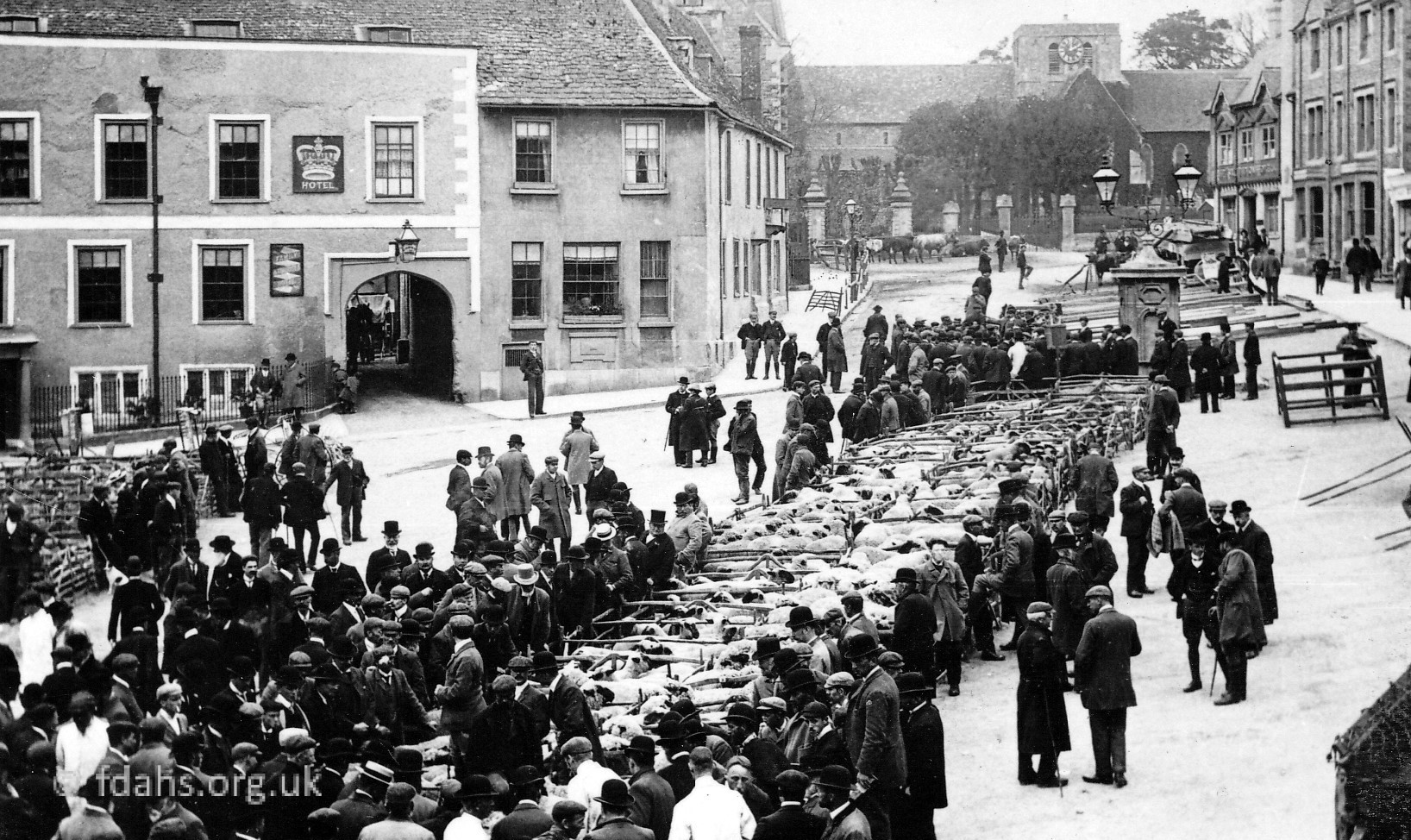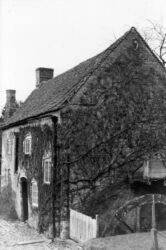
Kingston Lisle is a village about 7 miles south-east of Faringdon. The village originated as an Anglo-Saxon spring-line settlement at the foot of Blowing Stone Hill, which is part of the Berkshire Downs. A total of 31 houses were recorded in this area in the Domesday Book in 1086. The 2011 Census recorded the parish population as 225. The name Kingeston appears recorded in 1220 and derives from a tūn or ton, a fenced enclosure, farmstead, village, or estate belonging to the king. This was such a common village name in England that the surname of the Lord of the Manor was added, so it became recorded in 1336 as Kingston del Isle. A country house and park was built on the edge of the village during the 17th-century. The house was later enlarged and is now a Grade II listed building. The pub in the village, called ‘The Plough” (1847/Henry Willis – 1877/Samson Godfrey) until fairly recently, is now called the Blowing Stone Inn.
The Blowing Stone
The Blowing Stone is an ancient sarsen stone measuring about 3ft high by 3ft wide. It is full of holes that are thought to have been made by tree roots. It is said to have once stood on the top of the hill and positioned so that when the wind blew over the stone it acted as a siren and produced a booming sound.
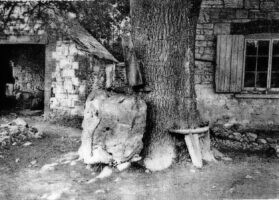
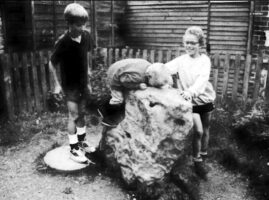
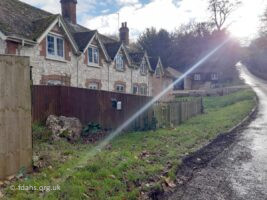
The Blowing Stone is mentioned as being outside a ‘pretty little inn’ at the bottom of the very steep Blowingstone Hill in Thomas Hughes’ book ‘The Scouring of the White Horse’ published in 1859 (see full quote below). The old photo from the 1880s shows it propped up against an oak tree in front of the public house known as ‘The Blowing Stone’ that was once there. It is believed that drovers would stop there on their way along the Ridgeway to London. The pub was later demolished and replaced with the Blowing Stone Cottages. The children who lived there were said to be particularly adept at blowing the stone, and could produce a lovely deep fog horn sound.3
Legend has it that the Saxon king, Alfred the Great blew through it to summon his troops for the Battle of Ashdown that he won against the Danes in 871. Hence, this might suggest that the village may have originally been named for the King’s Stone but that, like the legend, is not considered likely.
Quote referring to ‘The Blowing Stone’ from ‘The Scouring of the White Horse’ by Thomas Hughes 1859
“I kept along the shady side of the road, for it was getting hot already, and crossed the canal, and kept making up towards the hills. I wasn’t sure of the way, but I knew that if once I got up the hill I should find the Ridgeway, and could follow it all the way up to the Castle. After a bit I fell in with groups of people, all going the same way; and so, following on with them, after about an hour’s walk, I came to the foot of the hills; and found a pretty little inn, standing back from the road, nestled into a plantation, where everybody else seemed to be stopping; and so I stopped too, and sat down on the bench before the door to have a glass of beer before facing the pull up to the top.”
“In front of the door was an oak tree, and under the tree a big stone with some curious holes in it, into which pieces of wood were fitted, secured by a padlock and chain. I was wondering what it could be, when the landlord came out with some of his guests, and pulling out a key unlocked the padlock, and took the pieces of wood out of the holes. Then there was some talk between the young men and their sweethearts, and first one and then another stooped down and blew into the hole at the top, and the stone made a dull moaning sound, unlike any thing I had ever heard. The landlord told me that when it was well blown on a still day, it could be heard for four or five miles, and I should think it could; for I left them blowing away when I started again, and heard the sound every now and then until I was close up to the Castle, though the wind blew from the south, and down the hill.” 4
References:
- Photos scanned from the society archives.
- The English Place-Name Society search page – https://epns.nottingham.ac.uk/search
- Curiosities of Oxfordshire – A County Guide to the Unusual by Edward Gill, p101. S.B.Publications 1995.
- The Scouring of the White Horse or The Long Vacation Ramble of a London Clerk. Ch VI p35. Thomas Hughes 1859.
Researched and compiled by Ian Lee, October 2021.
